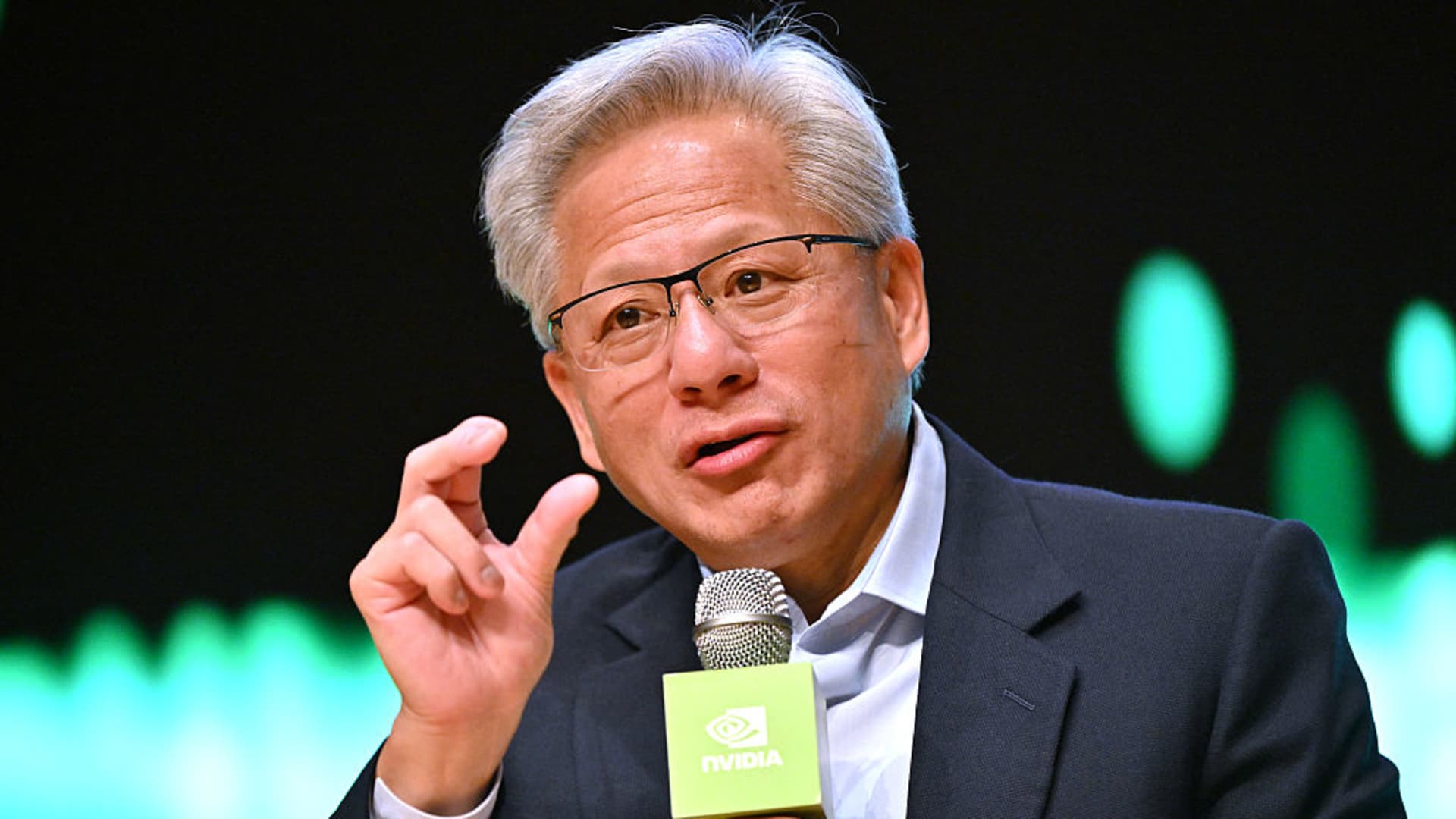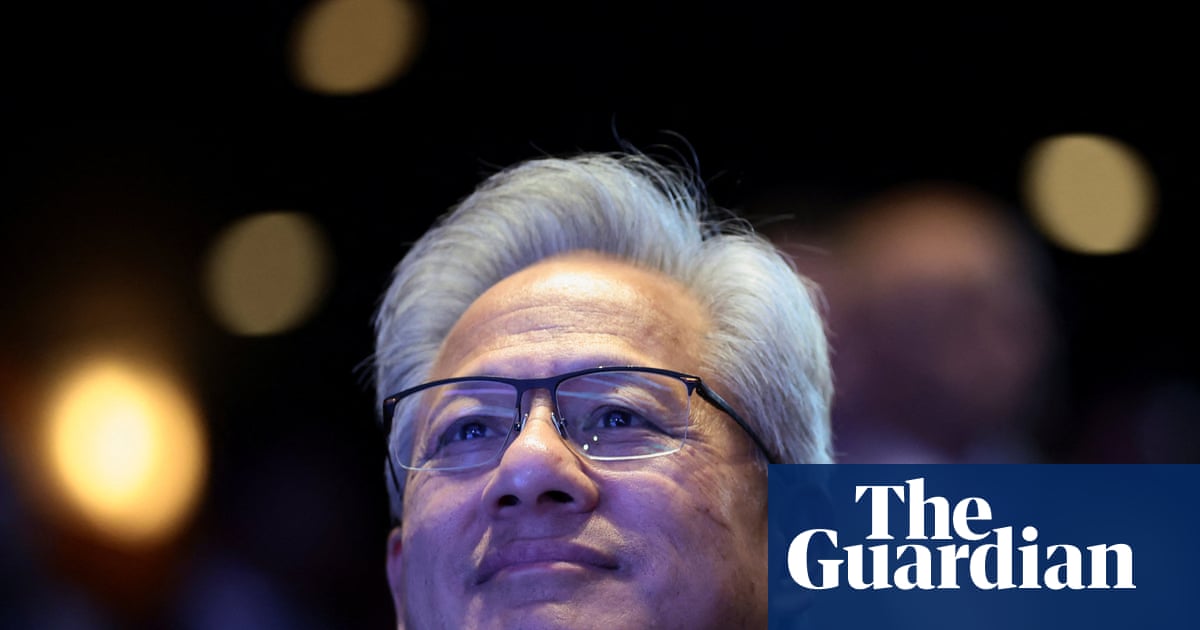The artificial intelligence industry, a juggernaut of hype and astronomical valuations, now finds its fate hanging precariously on a single company’s quarterly report: Nvidia. This isn’t just about silicon; it’s about the very foundation of the current tech boom – a boom that some fear is rapidly becoming a bust.
The Real Story: Gambling on Genius or Grand Delusion?
Nvidia, the undisputed kingpin of AI chips, steps into the earnings spotlight after the market closes today. Analysts are breathless. Investors are on edge. Why? Because the market isn’t just looking for good numbers; it’s desperate for reassurance. After a brutal market selloff and growing whispers of an impending AI crash, Nvidia isn’t just reporting earnings; it’s being asked to single-handedly assuage fears that this entire high-flying valuation party is nothing more than a speculative bubble.
Remember the dot-com era? The parallels are chilling. Companies soared on promise, not profit. Nvidia, while undeniably foundational, carries the weight of an entire industry’s ambition on its silicon shoulders. The relentless demand for its GPUs has fueled a narrative of unstoppable growth, yet recent market jitters suggest that even the seemingly unshakeable AI sector might be vulnerable. The pressure isn’t just on revenue figures; it’s on the guidance, the forward-looking statements that will either confirm the euphoria or burst the bubble.
The “bellwether” status isn’t a badge of honor today; it’s a target. Every institutional investor, every retail trader, every venture capitalist with skin in the game is dissecting every syllable of this report. They’re looking for any crack in the armor, any sign that the unprecedented spending on AI infrastructure might be slowing, or that competition from Intel, AMD, or even custom chips from tech giants like Google and Amazon, is starting to bite. This isn’t a mere earnings report; it’s a referendum on the AI revolution’s economic viability.
“Wall Street isn’t buying chips today; they’re buying hope. And hope, when packaged in a P/E ratio that looks like a phone number, can evaporate faster than a data center’s cooling costs,” remarked a cynical hedge fund manager, requesting anonymity, just hours before the bell. “The smart money isn’t just watching the revenue; they’re scrutinizing every forward-looking statement for cracks in the AI narrative. Any hint of demand cooling, any whisper of competition catching up, and the ‘bellwether’ becomes a warning siren.”
Why It Matters: Billions on the Brink
The stakes couldn’t be higher. The Dow Jones and S&P 500 have been flailing, desperate to end their four-session skids. They’re clinging to Nvidia’s coattails, hoping a strong report will lift all boats. But what if it doesn’t? What if “assuaging concerns” isn’t enough? We’re talking about billions, potentially trillions, in market capitalization tied to the perceived health of the AI sector. Retirement funds, institutional investments, individual portfolios – all are leveraged against the continued, almost mythical, growth of artificial intelligence, spearheaded by Nvidia’s dominance.
A miss, or even a weaker-than-expected forecast from Nvidia, won’t just hit the stock price; it will send shockwaves through the entire tech ecosystem. Startups reliant on easy venture capital will find funding drying up. Big tech companies heavily invested in AI infrastructure will see their own valuations questioned. The entire premise that AI is an unstoppable, perpetually expanding market will be challenged. This isn’t merely a corporate earnings call; it’s a geopolitical and economic event, influencing global tech leadership and investment strategies for years to come.
This isn’t just about financial reports; it’s about confidence. It’s about whether the colossal sums poured into AI startups, the massive infrastructure builds, and the very future of technological advancement are built on solid ground or quicksand. The economic ripple effects of a true AI crash, initiated by a misstep from Nvidia, would be profound, impacting everything from venture capital flows to the job market for AI specialists. The future of innovation itself is on trial, with Nvidia acting as the unwilling proxy for an entire industry’s fate.
The Bottom Line: The AI Emperor’s New Clothes?
Expectations for Nvidia are not just high; they’re stratospheric. If the chipmaker delivers anything less than perfection, the market’s fragile optimism will shatter. Even if they hit targets, the underlying fears of an overheated market and unsustainable valuations won’t magically disappear. The question isn’t whether AI is revolutionary, but whether its current valuation is realistic. This earnings report is less a quarterly review and more a market-wide stress test. If Nvidia falters, prepare for a very cold winter in the AI sector, and don’t be surprised when the “innovators” start looking an awful lot like emperors without clothes. The reckoning, one way or another, is here.


